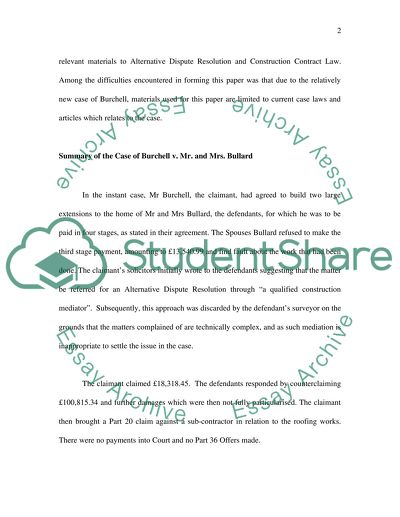Cite this document
(“Construction Contract Law Case Study Example | Topics and Well Written Essays - 3000 words”, n.d.)
Construction Contract Law Case Study Example | Topics and Well Written Essays - 3000 words. Retrieved from https://studentshare.org/law/1508723-construction-contract-law
Construction Contract Law Case Study Example | Topics and Well Written Essays - 3000 words. Retrieved from https://studentshare.org/law/1508723-construction-contract-law
(Construction Contract Law Case Study Example | Topics and Well Written Essays - 3000 Words)
Construction Contract Law Case Study Example | Topics and Well Written Essays - 3000 Words. https://studentshare.org/law/1508723-construction-contract-law.
Construction Contract Law Case Study Example | Topics and Well Written Essays - 3000 Words. https://studentshare.org/law/1508723-construction-contract-law.
“Construction Contract Law Case Study Example | Topics and Well Written Essays - 3000 Words”, n.d. https://studentshare.org/law/1508723-construction-contract-law.


